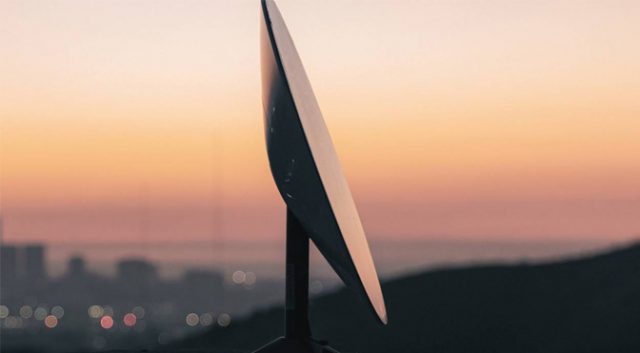
SpaceX Asks FCC to Approve Direct-to-Cellular Hardware for Starlink Satellites
On Dec. 6, filed a request with the FCC to equip its second-generation Starlink satellites with “direct-to-cellular” hardware. It’s going to need this to fulfill the promises made to offer offering satellite connectivity on T-Mobile, which include eliminating dead zones with satellite coverage.
At the time of , the T-Mobile partnership was supposed to provide very limited service with SMS, MMS, and select messaging apps. SpaceX CEO Elon Musk predicted just two to four megabits per second of bandwidth in each 15-square-mile cell zone. The makes more robust claims of “voice, messaging, and basic web browsing” with speeds of 3.0 to 7.2 Mbps upload and 4.4 Mbps or 18.3 Mbps download. IT will operate over LTE band 25, a radio frequency band near 1900 MHz.
That would be a substantial improvement over what is currently possible with satellite connectivity. While Starlink’s home internet service can hit speeds in the tens of megabits with little issue, it relies on large ground station dishes (below) to talk to the constellation in orbit. Smartphones have antennas designed for pinging cell towers just a few miles away. Meanwhile, Starlink’s satellites orbit between 330 and 350 miles above Earth.

Astronomers are already concerned about megaconstellation satellites photobombing important observations, and Starlink V2 satellites will be even larger and brighter than the ones already in orbit. The addition of antennas for linking with phones on the ground could make matters worse. AST SpaceMobile recently launched the BlueWalker 3 satellite with a huge antenna array for mobile connectivity, and it’s .
SpaceX has said it plans to launch the first V2 satellites in 2023, but that will require the Starship rocket. The company is still working toward the first orbital test of Starship, which Musk previously promised in 2022. It’s looking like the test will be pushed to early next year.
Now read: